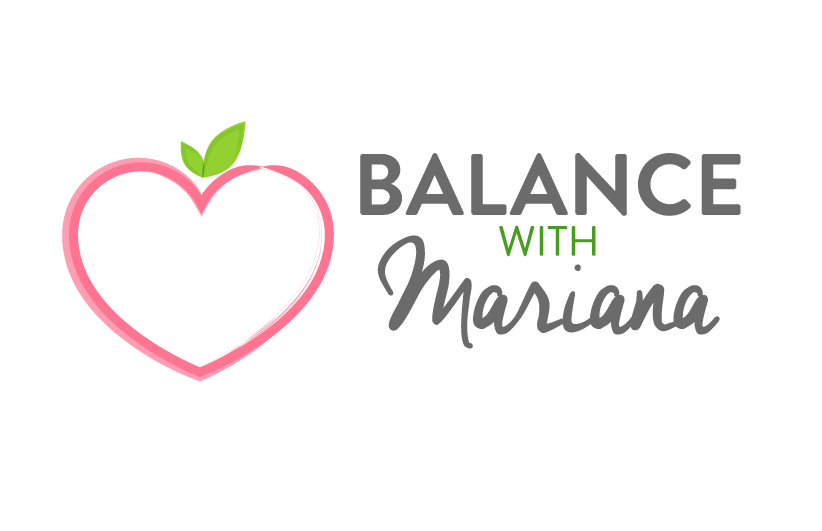Fat is necessary for your health, and a great long-lasting FUEL. (Of course, how much you need varies person by person).
Healthy fats can help with weight loss, reduce the risk of heart disease and decrease inflammation (as long as you’re eating the right ones!). They’re also necessary for absorption of many nutrients (you’ve probably heard of fat-soluble vitamins which means we need fat in our meals to absorb these vitamins), and they’re essential for your brain, balanced hormones, healthy skin/hair, reducing stress, and so much more.
If you eat more healthy fats - and cut out unhealthy carbs - you can burn more fat, have less cravings, boost your brain, age better and have less inflammation!
But like most everything, there are good options, bad options, and amazing options. READ MORE to learn which healthy fats I recommend and why.
Read More
